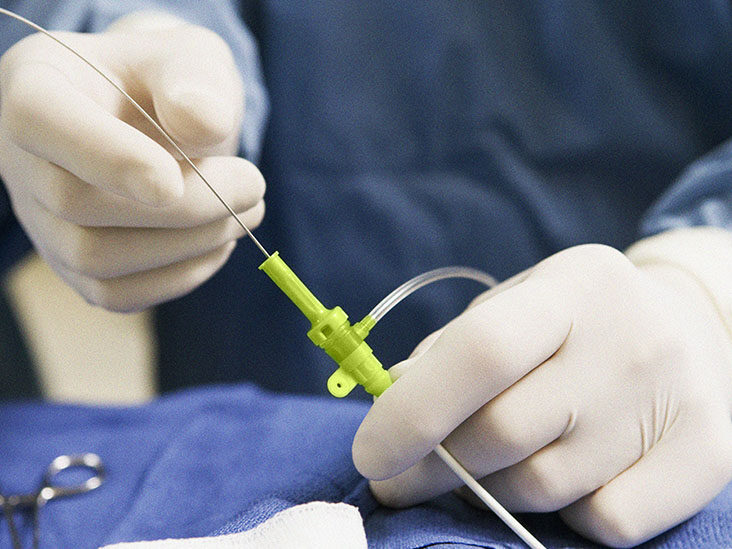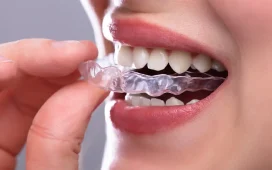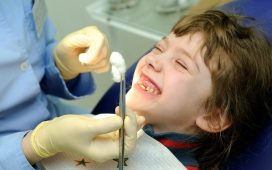The best cardiologist in Mumbai utilizes a methodology called cardiovascular catheterization to perceive how well your heart is functioning. It can likewise be utilized to distinguish issues and control a treatment for restricted or impeded coronary supply routes.
We should examine what this method involves and how you’ll get ready for and recuperate from it.
What is cardiovascular catheterization?
A cardiovascular catheterization (at times alluded to as a “cardiovascular cath” or a “heart catheterization”) is a methodology that acts the tension and blood stream in and around the heart. It can likewise be utilized to treat specific heart conditions.
During a cardiovascular catheterization, your PCP may:
- Actually look at the tension in the four offices of your heart
- Evaluate your heart’s chambers as they contract
- Take blood tests to quantify the oxygen levels in each chamber
- Search for absconds in the valves or offices of your heart
- Biopsy a little piece of heart tissue
What occurs during a heart catheterization?
Cardiovascular catheterizations are performed by an exceptionally prepared specialist and a group of medical caretakers and professionals in an emergency clinic’s heart catheterization (cath) lab.
Whenever it’s the ideal opportunity for the technique, a medical caretaker will place an IV line into your arm to manage a narcotic. You’ll feel loose during the method, however you’ll be alert and ready to adhere to directions. A medical attendant will likewise spotless and shave the region where the catheter will be embedded (typically the wrist, crotch or neck) and utilize a neighborhood sedative to numb the region.
There are many interesting and amazing details about animals that you may not have known. For example, animals that start with q Whether you’re interested in animals as pets, food sources, or natural history, you’ll find the information you need on About Animals.
Your primary care physician will embed a little cylinder called a sheath into a vein or corridor. Then, they will tenderly guide a significantly more modest cylinder called a catheter into the vein through the sheath. A video screen will show the catheter’s situation as it goes through the significant veins to the heart. You might feel pressure, yet you shouldn’t encounter any aggravation.
From that point, an assortment of instruments can be set at the tip of the catheter. These apparatuses let your PCP:
Measure the pulse in every one of the heart’s chambers and in the veins associated with the heart
- View the inside of veins
- Take blood tests from various pieces of the heart
- Biopsy a tissue test from inside your heart
The catheter may likewise be utilized to infuse contrast color so the specialist can make X-beams of your heart’s valves, chambers, and coronary supply routes. This test is called an angiography.
In certain occasions, your PCP could promptly treat an issue in the wake of playing out these tests. Assuming you have a restricted or impeded portion of a coronary corridor, your primary care physician might play out an angioplasty to treat it. An angioplasty utilizes a little inflatable to push any blockages far removed and broaden your conduit to further develop blood stream. The specialist may likewise embed a cross section tube called a stent to assist with setting the supply route open.
Toward the finish of the strategy, the catheter and sheath will be eliminated, and the site will be covered and dressed to forestall contamination.
How would I plan for a heart catheterization?
While a cardiovascular catheterization typically requires around 30 minutes, the planning and recuperation time add a few hours. You ought to anticipate being at the emergency clinic the entire day, and ensure somebody can drive you home after the method.
You’ll be given directions about what you can eat and drink during the 24 hours before your cardiovascular catheterization. Normally, you’ll be approached to not eat or drink anything for six to eight hours in advance.
Your primary care physician will need to be familiar with any drugs you’re taking, including over-the-counter nutrients and enhancements. They might request that you not take them preceding your cardiovascular catheterization; don’t quit taking them before you’re told to do as such.
Upon the arrival of the strategy, an attendant will inquire as to whether you’re oversensitive to anything, especially iodine, plastic or elastic items, or certain drugs.
Assuming you normally wear an amplifier, wear it during the method. In the event that you wear glasses, carry them with you.
What occurs after a heart catheterization?
After the method, you’ll be moved to a recuperation room where you’ll lie level for a couple of hours assuming the catheterization was done by means of the crotch. Assuming that the catheter was embedded through your crotch, you’ll be approached to keep the nearest leg straight. Assuming the catheterization was performed from the wrist or from the neck, you will be seen in the recuperation region yet can sit up.
In the mean time, a medical attendant will screen your pulse and circulatory strain, as well as any indications of chest torment and expanding, agony, or draining at the cut site.
Before you leave the emergency clinic, you’ll be given composed directions about how to proceed with your consideration at home. You must adhere to these guidelines cautiously, including taking any prescriptions that you might be recommended.
Assuming that you have an angioplasty or stent position in a coronary conduit, you will be owned up to the emergency clinic, ordinarily for one night for perception.
A little injury at the cut site is typical. Assuming you notice any of the accompanying, summon your primary care physician right:
- Development in the injury size
- Enlarging or liquid at the cut site
- Deadness or shivering in the cut site
A great many people can get back to their typical exercises the day after the method, however you’ll need to keep away from exhausting activity and lifting weighty items for a very long time. Some extra time might be required assuming that a treatment was finished during your cardiovascular catheterization. Your primary care physician will prompt you likewise.
What are the dangers of a cardiovascular catheterization?
Heart catheterization is for the most part a protected method. Certain individuals experience minor issues, such as swelling around the region where the catheter was embedded. Others might have an unfavorably susceptible response to the difference color, which can cause queasiness.
Other uncommon potential dangers incorporate a punctured vein, blood clusters, and a sporadic heartbeat.
Before the methodology, your PCP will talk about all likely dangers with you, as well as any exceptional means your group will take to forestall them.





